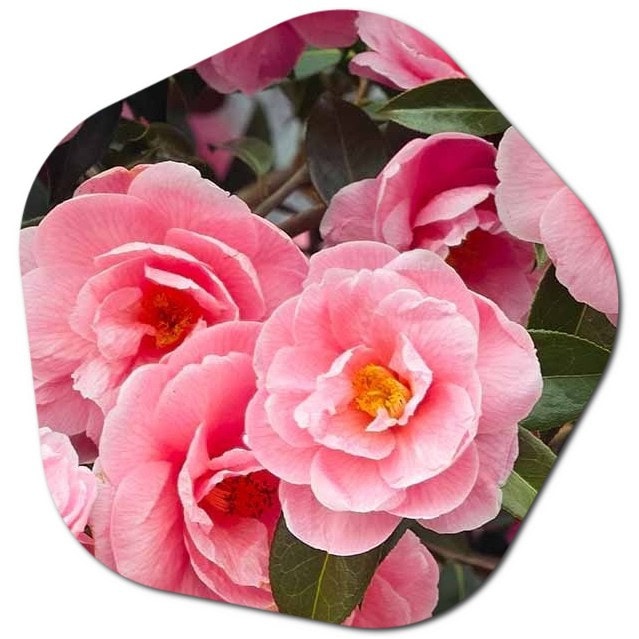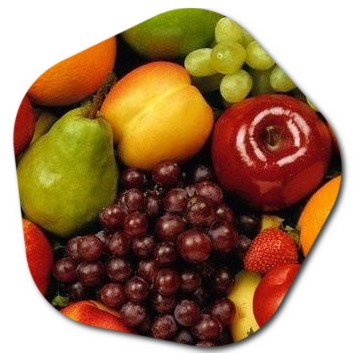What plants grow in Auburn?
Auburn is located in eastern Alabama, and it is part of the Auburn-Opelika metropolitan area. Auburn has a diverse economy, with contributions from education, healthcare, manufacturing, and technology. The presence of Auburn University has a substantial impact on the local economy. Auburn hosts a variety of cultural and community events throughout the year, including festivals, concerts, and sporting events.
Auburn, being located in Alabama, has a climate that falls within the USDA Hardiness Zone 8a. This means that a variety of plants can thrive in Auburn’s climate. Here are some plants that commonly grow well in Auburn:
- Azaleas: These flowering shrubs are well-suited to Auburn’s climate. They offer vibrant blooms in various colors and are a popular choice for gardens and landscaping.
- Camellias: Known for their beautiful flowers, camellias are another popular choice in Auburn. They bloom in late fall and winter, providing color during the cooler months.
- Crepe Myrtles: These deciduous trees or shrubs are valued for their showy summer blooms. They come in a range of colors and sizes, adding beauty to Auburn’s landscape.
- Southern Magnolias: With their large, fragrant white flowers, Southern magnolias are a classic choice for Auburn. These trees can provide shade and ornamental value to the area.
- Daylilies: Daylilies are hardy perennial flowers that come in a variety of colors. They are easy to grow and can add a splash of color to gardens in Auburn.
- Pansies: These cool-season annuals are great for adding color to Auburn’s winters. They can be planted in fall and continue to bloom until spring.
- Lantanas: Lantanas are heat-tolerant flowering plants that thrive in Auburn’s hot summers. They attract butterflies and come in a range of colors, making them a popular choice for gardens.
- Herbs and vegetables: Auburn’s climate is suitable for growing a variety of herbs and vegetables. Examples include tomatoes, peppers, basil, rosemary, and mint.

It’s important to note that local nurseries and garden centers in Auburn can provide more specific recommendations for plants that thrive in the area. Factors such as soil conditions, sun exposure, and personal preferences should also be considered when selecting plants for your specific garden or landscape in Auburn.
Fruit trees and non-fruit bearing trees growing in Auburn
Auburn’s climate is generally favorable for growing a variety of fruit trees and non-fruit bearing trees. Here are some common examples:
Fruit Trees:
- Peach Trees: Peaches are well-suited to Auburn’s climate, and there are many varieties available that can thrive in the area.
- Apple Trees: Some apple tree varieties, such as ‘Arkansas Black’ or ‘Granny Smith’, can be successfully grown in Auburn.
- Fig Trees: Fig trees, like ‘Celeste’ or ‘Brown Turkey’, can be grown in Auburn. They are known for their delicious fruit and can tolerate the region’s temperatures.
- Plum Trees: Certain plum tree varieties, such as ‘Methley’ or ‘Santa Rosa’, can be grown in Auburn. They offer tasty fruit and ornamental value.
- Pear Trees: Some pear tree varieties, including ‘Bartlett’ or ‘Kieffer’, can thrive in Auburn’s climate and provide delicious fruit.

Non-Fruit Bearing Trees:
- Southern Live Oak: Known for its large size and evergreen foliage, the Southern Live Oak is a popular tree in Auburn. It provides shade and adds a stately presence to landscapes.
- Japanese Maple: With its beautiful foliage and unique form, the Japanese Maple is a favorite ornamental tree. It adds vibrant colors to Auburn’s landscape, especially in the fall.
- Red Maple: The Red Maple is a deciduous tree that offers stunning red foliage in the autumn. It is well-suited to Auburn’s climate and can thrive in various soil conditions.
- Crape Myrtles: While mentioned earlier as a flowering plant, crape myrtles are also considered small trees. They are valued for their colorful summer blooms and attractive bark.
- Bald Cypress: This deciduous conifer tree is well-suited to Auburn’s climate and soil conditions. It is known for its unique appearance, with feathery foliage that turns a beautiful reddish-brown in the fall.
These are just a few examples of fruit trees and non-fruit bearing trees that can grow well in Auburn. It’s important to consider factors such as soil type, sun exposure, and space availability when selecting and planting trees. Local nurseries and garden centers in Auburn can provide more specific recommendations based on your preferences and the specific conditions of your planting area. Best plants in Auburn >>
Endemic plants growing in Auburn
Endemic plants are those that are native to a specific region and are found naturally occurring there. Since Auburn is located in Alabama, there are several endemic plants that can be found in the state. However, it’s important to note that the concept of endemism is typically associated with specific ecosystems or habitats rather than specific cities or towns. Nonetheless, here are a few examples of endemic plants that are native to Alabama and can be found in Auburn or its surrounding areas:
- Alabama Croton (Croton alabamensis): This perennial shrub is endemic to Alabama and can be found in various habitats, including forests, fields, and rocky slopes. It features distinctive leaves and small, inconspicuous flowers.
- Alabama Azalea (Rhododendron alabamense): This deciduous shrub is native to Alabama and produces showy, fragrant white flowers. It is typically found in moist, acidic soils, such as along streams or in wooded areas.
- Piedmont Azalea (Rhododendron canescens): Although not strictly endemic to Alabama, the Piedmont Azalea is native to the southeastern United States and can be found in Auburn. It is known for its fragrant pink or white flowers and prefers moist, well-drained soils.
- Alabama Leather Flower (Clematis socialis): This vine is endemic to the southeastern United States, including Alabama. It produces bell-shaped, purple flowers and is often found in open woods or along stream banks.
- Alabama Snow-Wreath (Neviusia alabamensis): Endemic to Alabama, this deciduous shrub features clusters of small white flowers and is typically found in rocky habitats, such as limestone outcrops.
These are just a few examples of endemic plants that are native to Alabama and may be found in Auburn. Exploring local nature reserves, parks, or botanical gardens in the area can provide opportunities to encounter and appreciate these unique plant species. The best plants in Auburn >>





